Chapter 186 The Fifth Attack
Leningrad, Right Bank of Ukraine, Crimea, Yuri said three directions in total. As he said each direction, his hand would point out the location of that direction on the map.
At this time, both Stalin and Zhukov remained silent, their eyes followed the position of Yuri's finger, and they listened very carefully - Yuri is no longer the young man who just joined the Operations Department of the General Staff and has no qualifications. In the past period of time, especially in the process of formulating the battle plan of the Battle of Kursk, he has fully proved his ability.
"Based on this," Yuri stated his plan directly without using too many words to prove his point, "I think that in the next three to five months, we can, on the Leningrad-Novgorod line, on the Svir-Perozavodsk line, in the right bank of the Dnieper River, in Crimea and the Black Sea coast..."
One hand tapped slowly on the map, attracting the attention of Stalin and the others. Yuri said in a firm tone: "... launch a full-scale attack on the German Northern Army Group, the Finnish Defense Forces, the German Southern Wing Group, and the German 6th, 17th, and Romanian Army Groups."
"So you don't object to the Leningrad Front's counterattack plan?" Zhukov interrupted.
"Yes, I don't object to their plan, but I think their plan should be postponed for a while." Yuri nodded.
Zhukov nodded. Although Yuri did not state his reasons directly, Zhukov could still understand them. Not only him, but Stalin could understand them as well.
The four assaults in three directions would be the largest strategic offensive launched by the Soviet Army in the same period since the outbreak of the Soviet-German War. Although Yuri had not yet said what the purpose of this assault was, the two people present could already intuitively understand it from the map.
If the Soviet army could realize all the operational plans through this series of offensives, then the best estimate that the Supreme Command could make would be to recover all Soviet territory except Belarus by mid-1944. At the same time, in the north, it could force Finland, the old enemy, to withdraw from the war; in the south, it could threaten Romania, Germany's main source of oil. Such a war prospect was too tempting for Stalin .
Of course, just as they understood why Yuri postponed the start of the war by one to two months, Stalin and Zhukov also knew very well how much manpower and equipment supplies the Soviet army would need to launch four large-scale assaults in three directions. They had reason to worry that given the current situation of the Soviet Union, it was impossible and incapable of launching such a large-scale comprehensive military operation in such a short time.
"Comrade Yuri Arkhipovich," Stalin thought for a moment, with one hand hanging in front of his chest, a pipe in his mouth, and frowned, "I approve of your action plan, but as the Minister of Operations, you must be aware that such a large-scale offensive operation requires more than just a complete plan."
"Of course, Comrade Stalin, we still need sufficient manpower and logistical equipment supplies," Yuri nodded and said, "In this regard, I have analyzed the current situation of the enemy and us in these three directions, and also analyzed our logistical transportation situation."
As he said this, Yuri raised his arm and pointed to the Dnieper River in Ukraine.
"In the Battle of Kursk, the German Army Group Center and Army Group South suffered heavy losses," Yuri drew Stalin and Zhukov's attention to the map again and continued, "When the defeat in Kursk was irreversible, the Germans began to carefully build what they called the Right Bank Ukrainian Defense Line. In order to delay the rhythm of our army's offensive in the right bank of Ukraine and prevent our army from advancing across the Dnieper River, the German army has currently deployed heavy troops along the Dnieper River. According to the information summarized by the General Staff two days ago, the German army has deployed about 90 divisions in the area, more than 1.8 million people, more than half of whom are armored or motorized troops, with more than 2,000 tanks and self-propelled artillery, and nearly 20,000 artillery pieces of various types..."
Yuri calmly described the German troop deployment along the Dnieper River. Although Stalin and Zhukov knew the corresponding data by heart, they could not help but frown when they heard Yuri mention it again. There was no doubt that the more troops the Germans deployed along this line, the more disadvantageous it would be for the Soviet assault.
"However," Yuri said after briefly describing the German troop deployment, "Although the German troops deployed along the Dnieper River seem to be large, considering the width and depth of its defense line, its defense line is actually fragile."
According to Yuri, the front that the German army currently needs to defend in the right bank of Ukraine includes an open defense line stretching more than 2,000 kilometers from Yelisk to Zaporizhia. More than one million troops are deployed on such a long defense line, and they also need to place heavy troops to defend some core hub areas. It is conceivable how weak this German defense line is. The most important thing is that behind this defense line, in the depth of the entire German-occupied area, especially in Ukraine, the German army does not have enough troops to strengthen the defense force in the depth area. In other words, once the Soviet attack breaks through the weak direction of the German army, the rapid offensive force, mainly tank troops, can freely penetrate behind the German defense line.
Another point that must be mentioned is that after more than two years of large-scale war, especially after the Battle of Moscow, the Battle of Stalingrad, and the Battle of Kursk, the German army, which suffered heavy losses, has long been seriously injured. Today's German army is no longer the invincible German army that dominated Europe. Problems such as loose discipline, weak combat effectiveness, and weak will are no longer isolated phenomena in today's German troops. On the other hand, what about the Soviet army? Although the Soviet army suffered even more heavy losses in the previous war, this long-suffering army has grown up in the baptism of war. To be frank, today's Soviet army, especially the elite Guards, is probably not much inferior to the early German army.
The strength of both sides was increasing and decreasing, and the German army was seriously short of manpower. Yuri believed that as long as the logistical supply could keep up, the Soviet army should have no problem winning the final victory in these four battles launched simultaneously in three directions.
"Comrade Yuri Arkhipovich, I would like to hear your specific plan," Stalin's face showed excitement after listening to Yuri's analysis. He took the pipe in his hand, took a step forward to get closer to the map, and then said.
"Comrade Stalin, apart from logistical supplies, I think that this planned offensive campaign will only require the use of existing forces in various directions." Yuri was silent for a while. Although this plan had already taken shape in his mind, he still needed to think carefully before saying it. "In the Right Bank Ukrainian Offensive Campaign, the 1st, 2nd, 3rd, and 4th Ukrainian Fronts can launch a full-scale attack on the entire German defense line in their respective offensive areas. The left wing group of the 1st Ukrainian Front can be ordered to launch an offensive from the Zhitomir-Berdichev line, and the right wing group should launch an attack in the Rovno-Lutsk direction after breaking through the German defense line; The 2nd Ukrainian Front should launch a swift assault in the direction of Kirovograd, and carry out a counter-attack with the left wing group of the 1st Front, striving to encircle the German heavy forces in the Korsun-Shevchenkovsky salient; the 3rd Ukrainian Front should focus its offensive in the direction of Nikopol, and the 4th Ukrainian Front should focus its offensive in the direction of Krivoy Rog. The combat objectives of the two fronts in the first phase are to seize the Nikopol landing site and drive the Germans out of the Zaporizhia bend of the Dnieper River, thereby tearing open the German defensive positions along the Black Sea coast, isolating the German troops in the direction of Odessa and the Crimean Peninsula, and creating favorable conditions for the subsequent offensive in the direction of Crimea..."
Yuri's entire operational plan was a series of links, seemingly tight and intensive, but in fact it was well-organized. The entire offensive campaign was launched from the direction of Leningrad, aiming to annihilate or severely damage the German Army Group North, and then pose a threat to the German Army Group Center, making it difficult for it to withdraw troops to support the southern battlefield during the Right Bank Ukrainian Campaign.
In the Right Bank Ukraine Offensive Campaign, the main purpose of the first phase of the battle was not to annihilate the German army on a large scale, but to create a favorable situation, which was particularly evident in the offensive along the Black Sea coast. The offensive of the 3rd and 4th Ukrainian Fronts in the Nikopol direction was not to attack Ukraine, but to isolate the German army on the Crimean Peninsula. If the order of priority of the war is arranged, the focus of the Soviet offensive is actually Leningrad-Crimea-Right Bank Ukraine-Karelia and Finland.
But if we evaluate the focus of the attack, the battle of Right Bank Ukraine is undoubtedly the top priority. Through four battles in three directions, the place that Yuri wants to capture the most is actually Ukraine, because once the Soviet army recaptures Ukraine, the German Army Group Center entrenched in the Belarus region will be completely isolated, and this heavy group is also the most intact heavy group among the German troops participating in the Eastern Front so far. Once it is eaten, the German army will have no power to fight back in the subsequent war.



